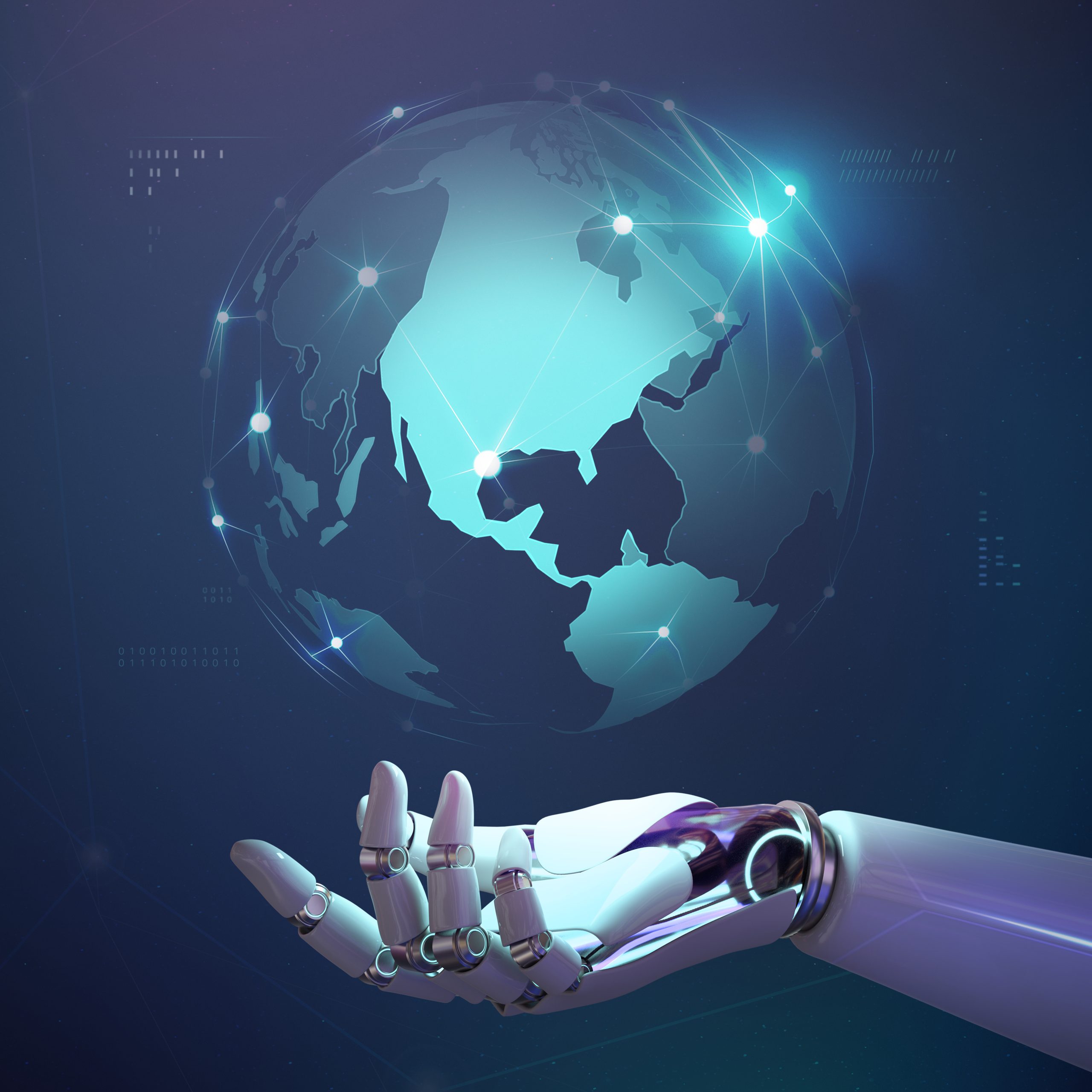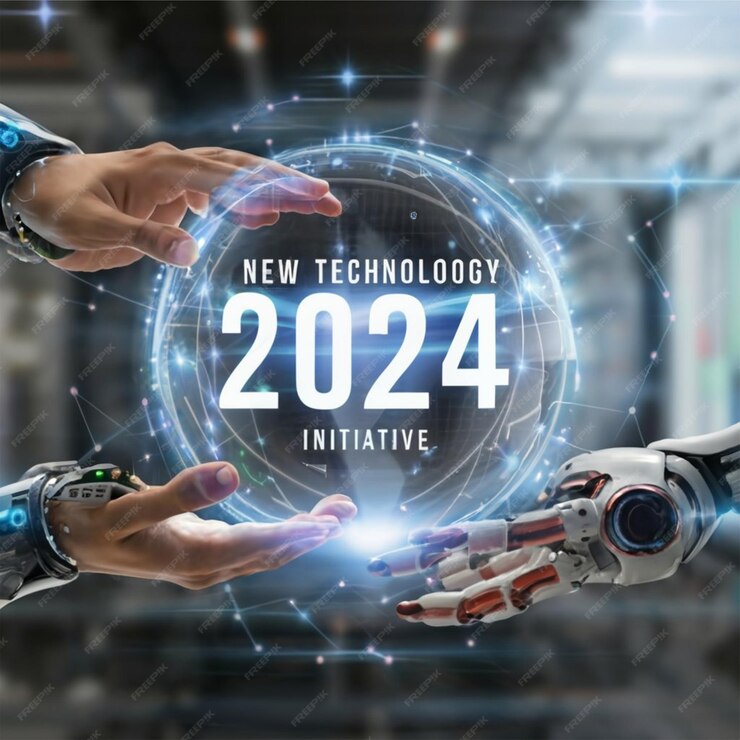
In the realm of cutting-edge technology, Artificial Intelligence (AI) stands out as a beacon of innovation, revolutionizing the way we interact with machines and process information. At the core of this transformative technology lies a crucial process known as AI training. In this blog post, we’ll delve into the intricate world of AI training, exploring its significance, methodologies, and the evolving landscape of artificial intelligence.
Understanding AI Training:

AI training is the process by which machines learn and adapt to tasks through exposure to vast amounts of data. This learning paradigm mimics the way humans acquire knowledge, allowing AI systems to recognize patterns, make decisions, and perform tasks without explicit programming.
Supervised Learning:

Supervised learning is a foundational aspect of AI training, wherein the machine is provided with labeled datasets. These datasets contain input-output pairs, allowing the algorithm to learn and make predictions. For example, in image recognition, a model is trained on a dataset of images with corresponding labels, enabling it to recognize patterns and classify new images accurately.
Unsupervised Learning:

In contrast, unsupervised learning involves training AI models on unlabeled data, requiring the system to identify patterns and relationships independently. Clustering and dimensionality reduction are common techniques employed in unsupervised learning, aiding in tasks like anomaly detection and data segmentation.
Reinforcement Learning:

Reinforcement learning introduces the concept of reward-based training. This approach is prevalent in applications such as game playing, where the AI learns optimal strategies through trial and error.
Data: The Fuel for AI Training:
Data is the lifeblood of AI training. The quality, quantity, and diversity of the training data significantly impact the performance and generalization capabilities of AI models. The advent of big data has played a pivotal role in fueling the success of AI training, enabling models to learn from massive datasets and make more accurate predictions.
Data Preprocessing:
Preparing data for AI training involves several steps, including cleaning, normalization, and augmentation. Cleaning eliminates inconsistencies and errors, normalization standardizes data for uniformity, and augmentation enhances the diversity of the dataset, promoting better generalization.
Bias and Fairness:
One critical challenge in AI training is the potential for bias in the data, leading to biased models. Addressing bias requires meticulous examination of training datasets to ensure fair representation across different demographics. The AI community is actively working towards developing techniques that mitigate bias and promote fairness in AI systems.
The Role of Neural Networks:
Neural networks, inspired by the structure of the human brain, are fundamental to AI training. These complex networks consist of interconnected layers of nodes (neurons) that process and learn from data. Deep learning, a subset of machine learning, leverages deep neural networks with multiple layers, enabling the extraction of intricate features from input data.
Backpropagation:
It involves iteratively adjusting the weights of connections in the network based on the difference between predicted and actual outcomes. This iterative process continues until the model achieves optimal performance.
Transfer Learning:
Transfer learning is a technique that accelerates AI training by leveraging pre-trained models on similar tasks. This approach capitalizes on the knowledge acquired by a model in one domain and transfers it to another, reducing the need for extensive training on new datasets.
Challenges and Future Directions:

Despite the remarkable progress in AI training, challenges persist. Overfitting, where a model performs well on training data but fails to generalize to new data, is a common concern. Ongoing research focuses on developing robust techniques to enhance model generalization and efficiency.
Federated Learning:
This approach respects user privacy by keeping data on local devices while aggregating model updates centrally. Federated learning holds promise for applications in healthcare, finance, and other sensitive domains.
Quantum Computing:
The advent of quantum computing poses an exciting frontier for AI training. Quantum algorithms could revolutionize the speed and efficiency of training complex models, unlocking new possibilities for tackling previously intractable problems.
Conclusion:

AI training stands as the backbone of the remarkable advancements witnessed in artificial intelligence. From supervised learning to quantum computing, the landscape of AI training is evolving at a rapid pace. As we continue to unlock the potential of this transformative technology, it is essential to navigate the ethical considerations and challenges, ensuring that AI systems contribute positively to society. The journey into the depths of AI training is not only a testament to human ingenuity but also a pathway to a future where intelligent machines work harmoniously alongside us.


